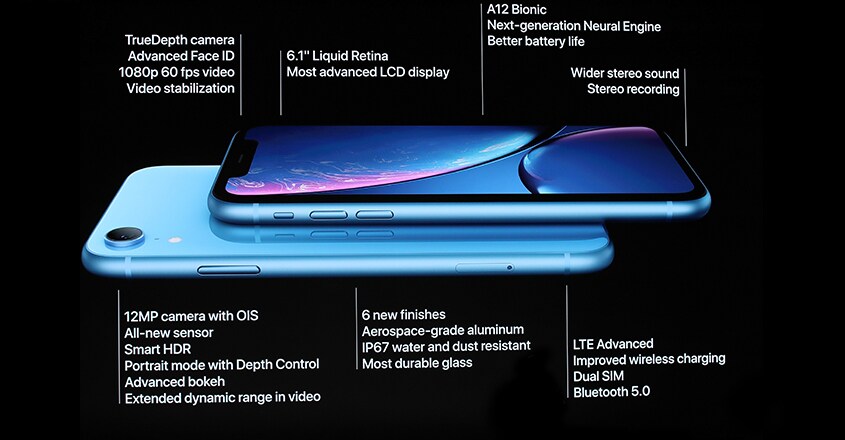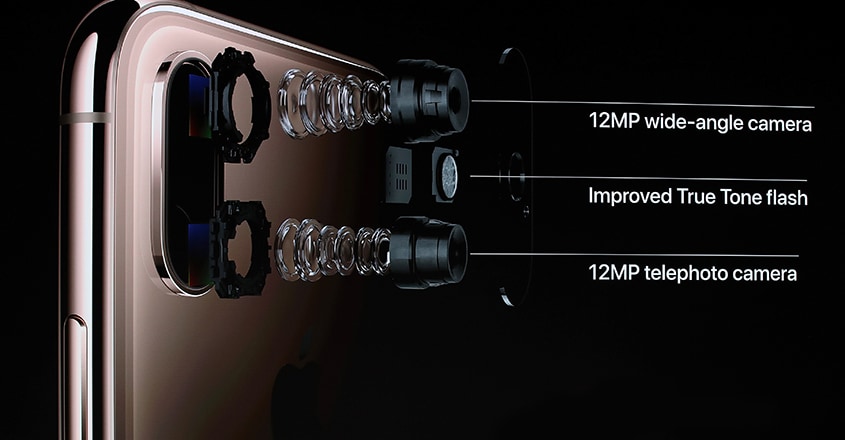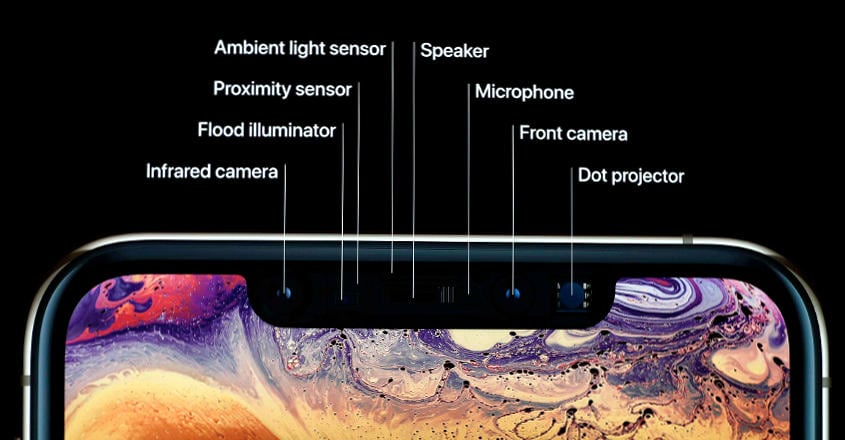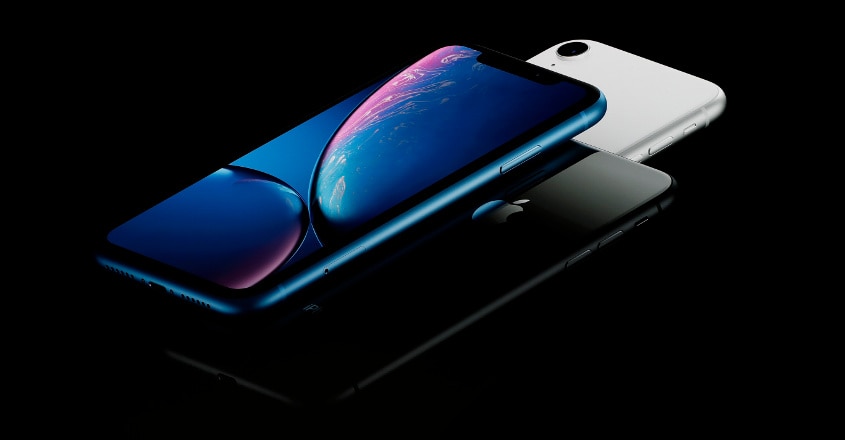What is eSIM? Here's how Apple's new dual SIM tech works

Mail This Article
Apple on Wednesday unveiled its most advanced phones ever, the iPhone Xs, iPhone Xs Max and iPhone XR. Among the several cutting edge technologies added in these phones, Apple, for the first time in its history, started offering dual SIM.
Like with all Apple products, this feature too stands out. One of the SIM card slots is an actual physical one but the secondary SIM is an eSIM.

eSIM
The abbreviation stands for Embedded Subscriber Identity Module. It means the SIM is pre-installed in the device beforehand. No physically pulling it out like we do with traditional SIMs. It is activated remotely by the service providers and does all the functions of the traditional SIM cards.
Google Pixel 2 was the first phone to use eSIM technology in it, but was only available in the US market.

The eSIM will help devices get smaller as the additional space required for a card slot can be eliminated. As most companies look up to Apple for direction, much like the face recognition locks, this too would become the norm in the industry.
It is considered an important technology for next generation communication devices and is being promoted as the new standard by GSMA – the association that represents network operators worldwide.

In India, Apple is planning to partner with Reliance Jio and Airtel to provide eSIM support.
Pros & Cons

No physical swapping of SIM required
Switch service providers quickly
Requires less space
Cannot pull out the SIM and use on multiple devices
Needs network operator compatibility

